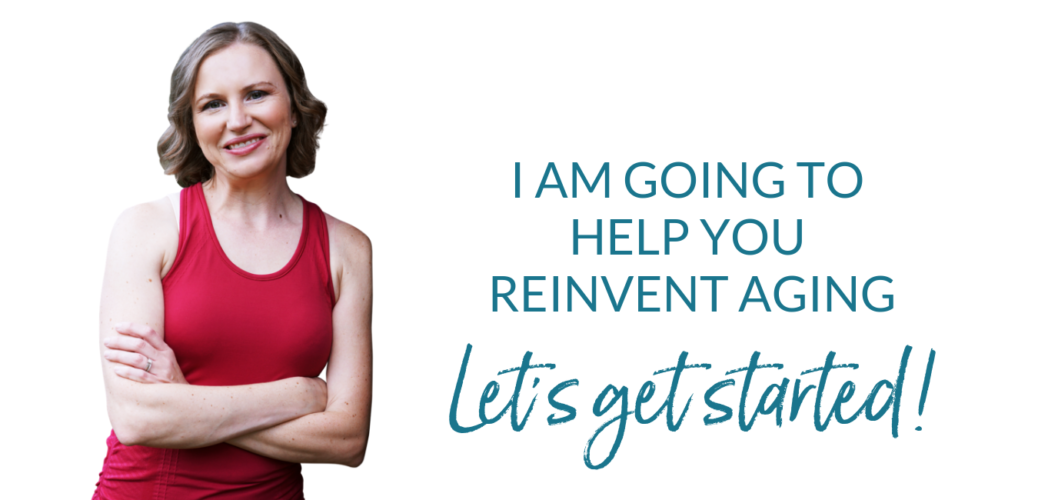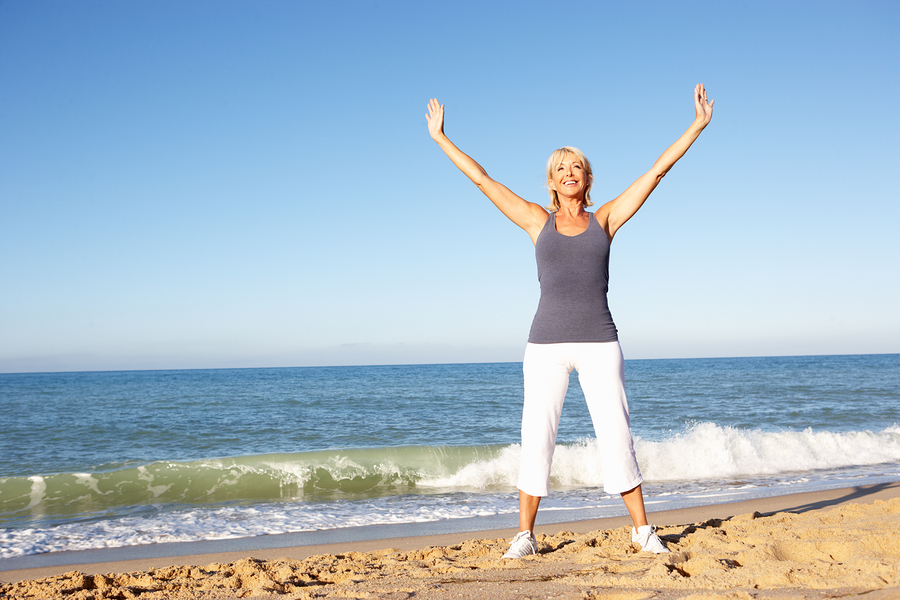Some people are naturally more clumsy than others. Have you had your fair share of Three Stooges Moments? As we age balance is less of a laughing matter.
- Are you worried about a fall or breaking a bone?
- Are you noticing a bit more trouble getting up and down from the floor?
- Is it more difficult for you to put on your shoes without sitting down first?
- Are you more concerned about walking your dog than you used to be?
- Do you have to pay extra attention to stairs and curbs?
- Does winter weather worry you with your balance?
- Are you feeling less steady than you used to?
Our balance is a crucial survival skill!
Starting as early as in our 30’s our balance can begin to decline. Our muscles begin to lose strength if we aren’t actively strength training several times a week. Other changes occur such as our stride length with walking begins to decrease, our speed of walking decreases a bit, and our vision-a critical component of our balance-becomes fuzzier. Even menopause can make our gait a bit more unsteady!
How well we keep up with our balance now can affect what lies ahead!
According to the World Health Organization, falls affect more than 50% of adults over the age of 65. Falls are the 2nd leading cause of death related to accidents for those over age 65. And each year, 37.3 million falls are severe enough to require medical attention.
Good News!
You CAN improve your balance!
Poor balance is NOT an inevitable part of aging. Balance is truly a “use it or lose it” phenomenon. You can maintain your balance and stability, improve your mobility, prevent injury and aches all through exercise!
What is Balance? 3 Systems that Make Up Your Balance
Balance is an even distribution of weight enabling you to remain upright and steady. Your balance is made up of three systems; visual system, vestibular system, and proprioception.
The Visual System
Your visual system allows you to have feedback from your environment. It allows you to sense where your head and body are in relation to the world around you. I’m sure you’ve heard it before, you are trying a balance activity like standing on one foot and someone says, “Be sure to look at a spot ahead of you.” Having that visual reference helps your brain to maintain control of your balance. Have you ever had a bit more difficulty walking at night? How about getting up to go to the bathroom in the middle of the night?
Try standing up now with your feet close together and close your eyes. I’m sure you will feel a little bit of sway. Your body has to work harder when the visual system is not there to provide valuable feedback.
The Vestibular System
Your vestibular system is a system within the inner ear that tells your brain about the position of your head and eyes. For example, if you are riding in an elevator or driving in a car, your inner ear helps to send signals to your brain letting your brain know where your body is in space. If you have had vestibular issues before, you know that this is a very sensitive system and if it is disrupted you can feel very dizzy and disoriented.
Proprioception
Finally, your proprioception is the system within your joints and tendons that send signals to your brain to allow your body to know where it is in space.
Our body needs all three of these systems to work together to have balance like a ninja! We can challenge our balance through exercises that address all three of these systems.
It’s time for a new approach
I chat with many women and men over 50 who focus mainly on walking and getting their 10,000 steps a day. They regularly walk their dog or join friends for a walking group. While walking is great exercise, it is essential to incorporate strength and balance training as we get older.
It is also important to vary your exercises. Changing your routine challenges your balance. If you have tried adding a single leg stance exercise to your daily routine, you will quickly improve your stability and endurance to hold this position. However, you still need to challenge your body by adding different exercises and movements for your body.
When adding balance exercises to your routine, it’s best to add them to the beginning of your workout. You will be less fatigued and your body will react quicker. Balance requires a significant amount of mental focus so it’s a good idea to start your workout with balance exercises.
Working with a certified personal trainer is a great way to ensure you are challenging your body and your balance each workout! If you’re ready to get started, I’d love to chat with you! Apply to work with me here.

